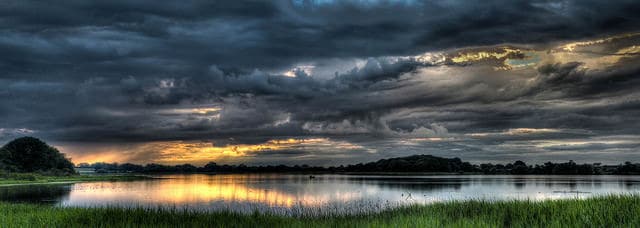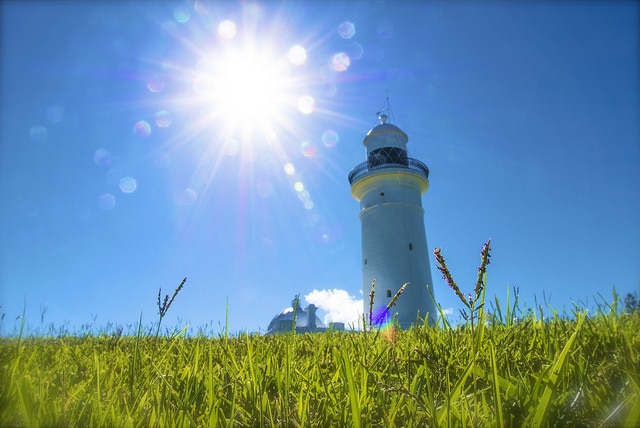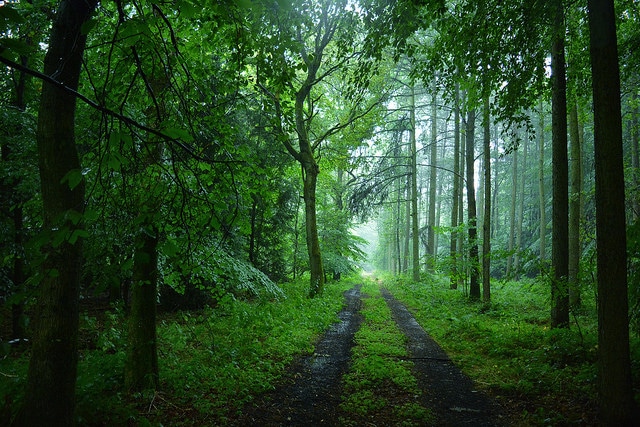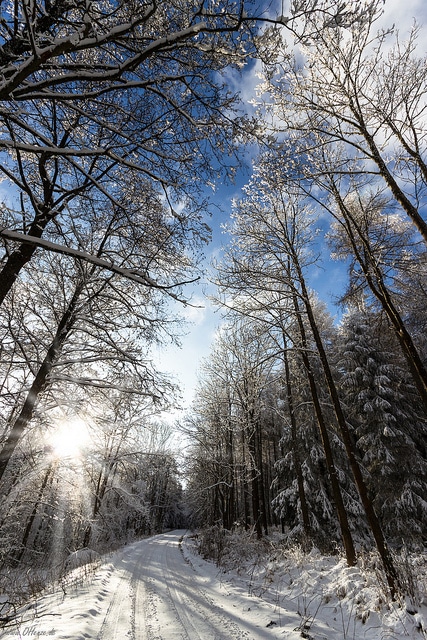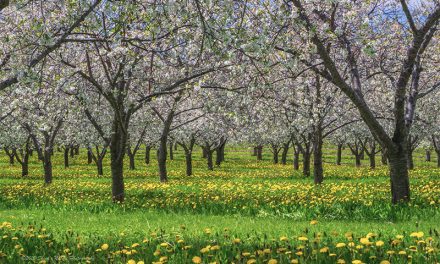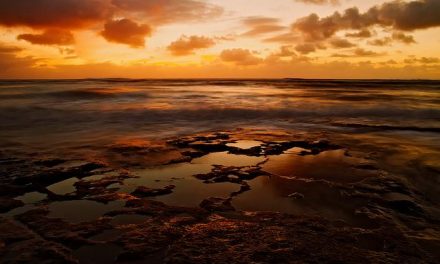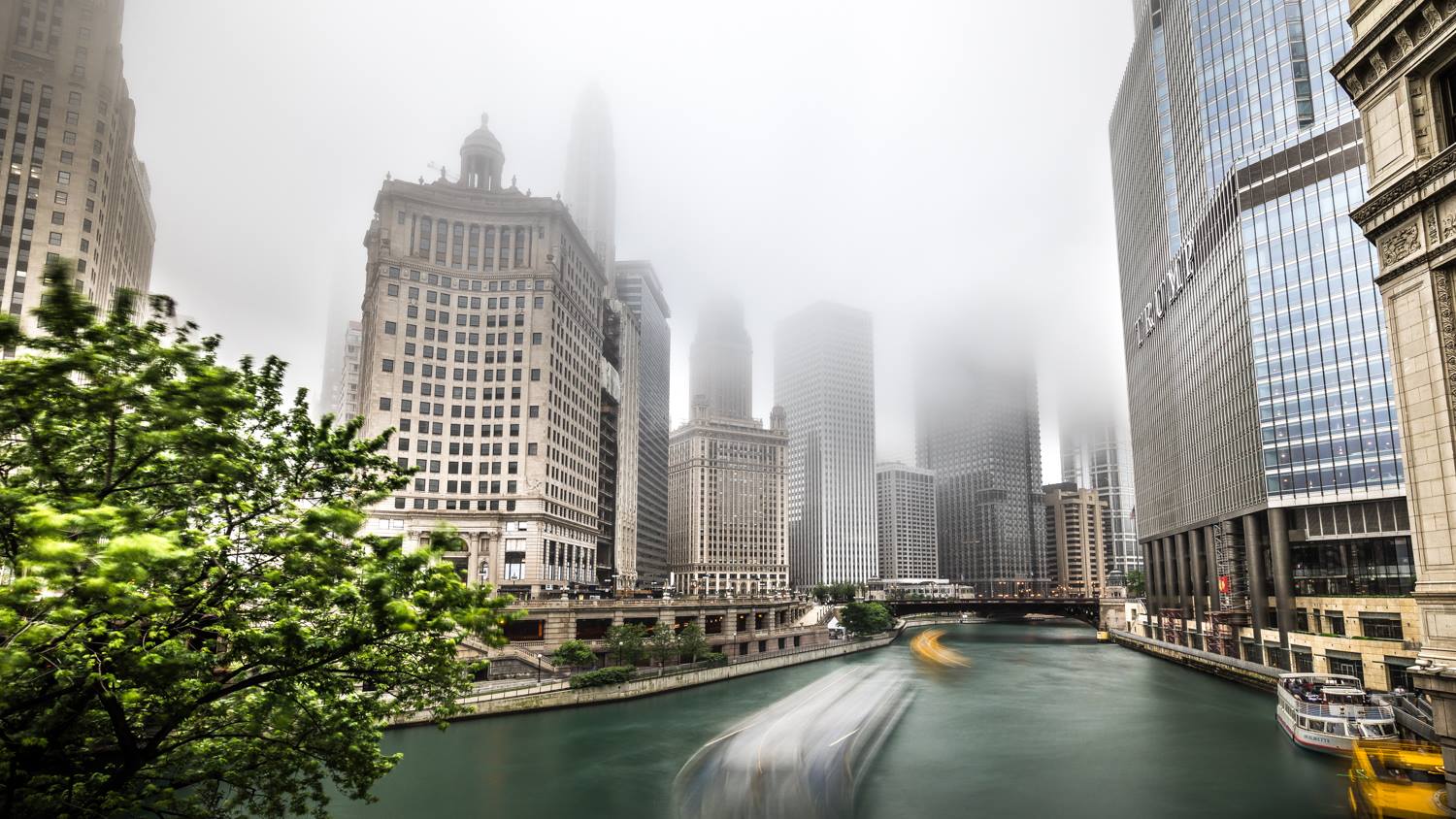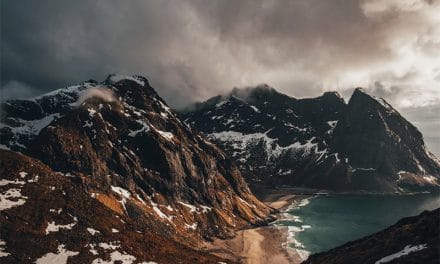Who doesn’t enjoy capturing a beautiful sunrise or sunset? Or finding your way to an amazing lookout just as golden hour arrives?
While we all love to capture beautiful scenes in outstanding weather, the fact is that more often than not, when we’re out with our camera –or presented with an opportunity to capture some landscapes, we find ourselves shooting in conditions that may be less-than-ideal.
But just because the weather may be difficult to work with, doesn’t mean that you have to give up and call it a day. Some of the best images were created despite difficult lighting conditions. Think of powerful images of lightning, beautiful captures of a stormy coast –or photos of pristine, snowy landscapes.
In many places in the world, the weather can change on a dime and being prepared and knowing how to work with any weather condition that may arise can give you a tremendous advantage when it comes to landscape photography.
If you’re interested in upping your game, and being able to take take a look at some different weather conditions, and tips for making the most of each one.
Full Sun
Full, or midday sun may be ideal for an outing, but it isn’t always considered the best light for photography. Bright sun is one of the most challenging types of weather to work with when it comes to landscapes. It can leave you with harsh lighting and very dark shadows to contend with, and it’ll be difficult to capture the details that tend to get lost in the shadows. But don’t let full sun scare you off –there are still opportunities for great landscapes even when the sun is out.
Use a Neutral Density (ND) Filter
Using an ND filter will help to filter out some of that bright light. Make sure you bring one along if you’re heading out to do noontime photography!
Use a Fast Shutter Speed
When shooting in the bright sun, you may have to speed your shutter speed up to 1/1000 or even 1/1500 to get the results that you’re after. Don’t be afraid to experiment with bracketing to get your settings right.
Change Your Angle
Sometimes, getting the most out of the sun involves changing your position in relation to the sun. One tip is to get down lower and shoot below eye level. This will help to hide some of those harsh shadows.
Work With It
Some photo opportunities call for bright sun. For example, full sunlight is a great time to capture images of the sea. The ocean will be bright blue, and you’ll be able to see to see below the surface into the shallows. Just make sure you use a polarizer to cut through the glare. Bright sun is also a great time for incorporating strong shadows as part of your composition, or framing your image in a way to capture all of that beautiful blue sky in the background.
Rain Storms
Rainy days are enough to discourage even the most resilient photographer. But the truth is –rain can often add drama and beauty to an otherwise drab landscape. Shooting in the rain can result in beautifully misty images. Grab some rain gear (for both you and your camera) and head out into the rain with these tips.
Look for the Details
Rainy days tend to bring out the best in a landscape. Freshly fallen rain coats everything in a beautiful glossy sheen, adding new life to plants, leaves, rocks, and other details. Just make sure you use a polarizer if you’re hoping to cut some of the glare reflecting off of the shiny surfaces. You can also look for puddles –a great chance to capture some reflections.
Wait for the Storm to Pass
Finally, one of the best things about a rain storm is the beautiful light that often follows it. Find a good vantage point and wait for the storm to pass. Be ready to capture the beautiful light as it streams through the clouds. You may even see a rainbow.
Cloudy
If there is such thing as ‘perfect conditions’ for photography, most would probably say that cloudy weather is as close to perfect as you can get. On bright overcast days, the clouds act like a giant softbox, gently diffusing the light so it’s nice and even. But clouds days don’t always guarantee smooth sailing –they present their own challenges too.
Spruce Up Dull Images
One of the biggest challenges that can come from shooting on a cloudy day is potentially dull lighting. Dark clouds can cast landscapes in a gray or dull light, muting the colors, resulting in washed out photos or lackluster images. For situations like this, post processing may be your best friend. Upping the saturation and contrast, and adding some blue tones to the pale gray skies can help you to get some dramatic results. Or, you could compensate for poor light by creating black and white images.
Include Dramatic Skies
When shooting on a gray day, be sure to check out the sky. While it may appear to be one big gray sheet, there could be interesting cloud formations that could add some detail to your landscape images. Consider using the skies themselves as a dramatic backdrop for your compositions. You may want to use a graduated neutral density (ND) filter to block out excess light. And again, you can really bring the skies out in post processing.
Lightning
Who doesn’t like a good lightning show? While lightning is notoriously difficult to photograph –and dangerous too, capturing the bolts can result in some strikingly beautiful photographs. Just remember: it’s important to keep safety in mind when photographing lightning storms!
Use a Slow Shutter Speed
While lightning is unpredictable, it is also impossible to get a clear shot with a fast shutter speed. Using a long shutter speed will help you to capture the streaks of lightning. But to achieve this, though, you’ll need a way to stabilize your camera. Since using a tripod in a storm can be dangerous, a great alternative is shooting from the protection of your car –using a beanbag on the window to stabilize your camera. Then use shutter speeds of around 30 seconds, or keep the shutter open in bulb mode to capture those bolts.
Composition
Don’t get so caught up in capturing the bolts that you neglect the composition. Including the surrounding landscape in your lightning shots will help you to create powerful images.
Snow and Ice
Snow and ice present their own challenges, but learning to work with snow can help you to capture some beautiful and unique images.
Adjust the Exposure
One of the biggest complications with snowy landscapes is the exposure. When left to its own devices, the camera will have trouble exposing for all of that bright white snow, and instead will try to compensate –which could result in the snow being rendered blue. To combat blue snow, try upping your camera’s exposure +1/3 or +2/3.
Add Color and Interest
Finally, just because everything is white as far as the eye can see doesn’t mean that you can’t add some color to the image. Splashes of color against a white background can make for a striking composition. Simple things such as an old red barn, a lone tree, or a fence can drastically transform a plain white landscape.
As you can see there are plenty of opportunities for you to capture some amazing landscapes –no matter what the weather is like. Learning to work with challenging lighting conditions will help you to sharpen your skills, allowing you to become adept at shooting in any type of weather. This, of course, will open up new chances for you to capture some dramatic and unique landscapes –helping you to see potential in opportunities that would otherwise be lost.
Photo license links: CC BY 2.0, CC BY-SA 2.0, CC BY-ND 2.0

